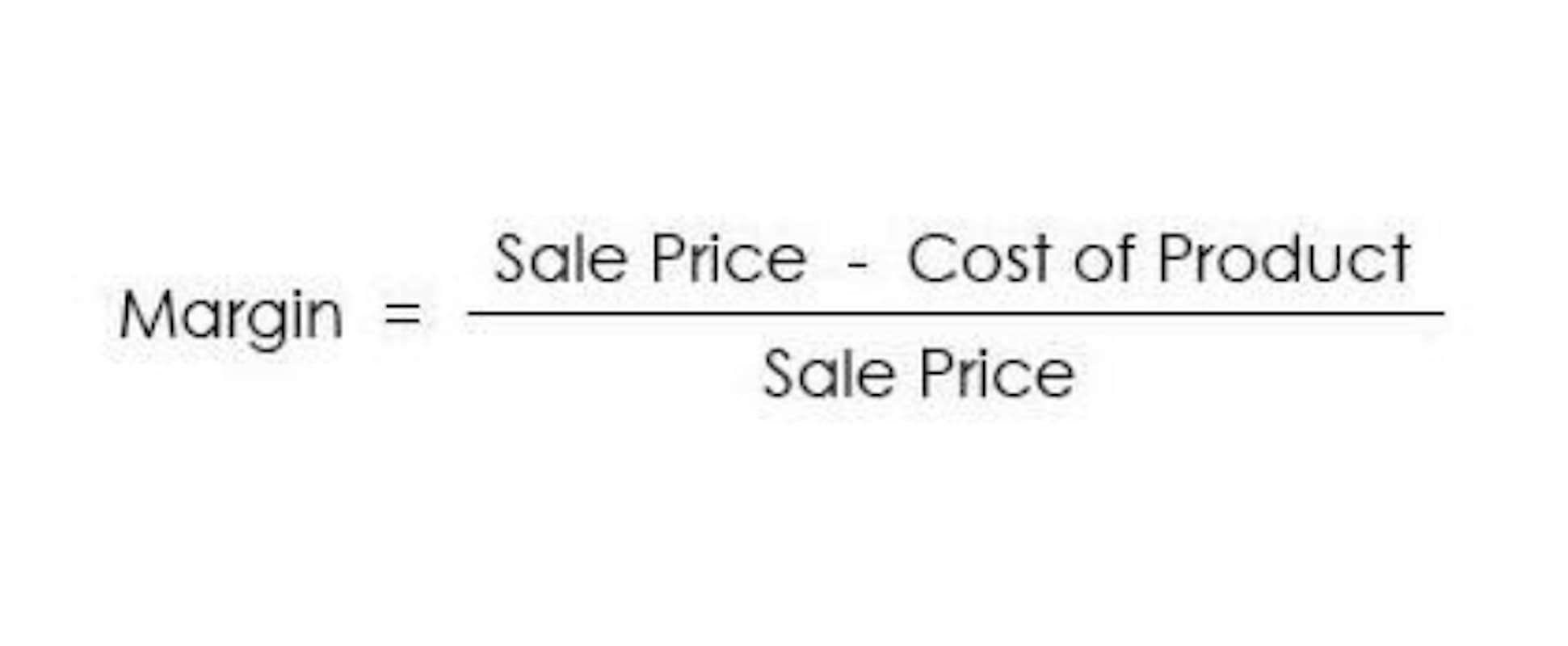
The tables provide the value now of 1 received at the beginning of each period for n periods at a discount rate of i%. The tables are based on the present value of an annuity due formula. An annuity is a financial product that provides a stream of payments to an individual over a period of time, typically in the form of regular installments. Annuities can be either immediate or deferred, depending on when the payments begin. Immediate annuities start paying out right away, while deferred annuities have a delay before payments begin.
How do annuity tables work?
- Future value annuity tables are one of many time value of money tables, discover another at the links below.
- A common example of an annuity is a retirement plan where the investor purchased the annuity and at a point in the future, the retirement fund pays the investor a set amount each month.
- In accounting & finance, we often hear about the term “present value,” which refers to the value of the expected income stream calculated as the valuation date.
- The accounting guideline requiring that revenues be shown on the income statement in the period in which they are earned, not in the period when the cash is collected.
- The number of payments is on the y-axis, and the rate of interest, or the discount rate, is on the x-axis.
To find the value of the annuity, an annuity table or annuity calculator is used to determine the present value of an annuity. The annuity table looks at the number of equal payments or series of payments made over time discounted by rates of interest. PVIFA tables are typically structured for user-friendliness, featuring rows that correspond to the number of periods (‘n’) and columns that correspond to different interest rates (‘r’) per period. You then simply multiply this factor by the constant amount of the periodic payment. The result is the total present value of the entire series of future payments.
Intermediate Accounting, Thirteenth Edition
Use the filters at the top to set your initial deposit amount and your selected products. Let’s say you have $10,000 that you plan to put into a savings account today. Think of it as a conversion factor that changes future money into today’s dollars, because money now is worth more than money later.
Present Value Table vs. Other Tables: What’s the Difference?
Have you been preparing for retirement by making regular deposits into an account? First enter the amount of the payment that you’ve been making, the account’s interest rate, the number of years you’ve been making these deposits, and the payment interval. Calculating the present value of a single amount involves figuring out what a future sum of money is worth today. This calculation uses the time value of money, which says that cash in hand now is present value of an ordinary annuity table more valuable than the same amount in the future due to its potential earning capacity. Different types of annuities (variable annuities, for instance) will have different tables.

A formal written promise to pay interest every six months and the principal amount at https://evargo.com.au/single-step-vs-multi-step-income-statements-what/ maturity. We use simple algebra and the appropriate present value factor to determine that Grandma can withdraw $500 each June 1 beginning in 2025. Therefore, the present value is lower because we would discount the £1,000 by the interest rate. Most people would prefer to have the money now as they would be able to invest it and earn interest over the year.
- One of the main financial statements (along with the statement of comprehensive income, balance sheet, statement of cash flows, and statement of stockholders’ equity).
- It says future payments are worth less than today’s money because of waiting.
- For example, if an individual could earn a 5% return by investing in a high-quality corporate bond, they might use a 5% discount rate when calculating the present value of an annuity.
- Bankrate.com is an independent, advertising-supported publisher and comparison service.
- It provides a better idea to investors of which opportunity is better for them.
- The purpose of the future value annuity tables is to perform annuity calculations without the use of a financial calculator.
A present value of annuity table shows you how much future payments are worth right Bookkeeping vs. Accounting now. Therefore, the present value of five $1,000 structured settlement payments is worth roughly $3,790.75 when a 10% discount rate is applied. Companies that purchase annuities use the present value formula — along with other variables — to calculate the worth of future payments in today’s dollars. If you own an annuity or receive money from a structured settlement, you may choose to sell future payments to a purchasing company for immediate cash. Getting early access to these funds can help you eliminate debt, make car repairs, or put a down payment on a home. It says future payments are worth less than today’s money because of waiting.
Running Out of Money in Retirement: What’s the Risk?

Choose a present or future value annuity table based on whether you’re looking at your investment needs today or trying to project future growth. This document contains a table showing the present value of an ordinary annuity for different interest rates and numbers of periods. The table lists the interest rates increasing from 1% to 12% across the top row. It then shows the present value for annuities lasting from 1 to 30 periods, with the present value decreasing the further out the period. The present value of annuity is basically the amount of cash you need to invest today in order to get a specific payout later.

This idea is very important in financial mathematics and present value calculation. The long method involves the calculation of the present value of each future cash flow at each individual discount factor or present value interest factor and summing up together. In this method, the present value interest factors are taken from the present value interest factors table. You may hear about a life annuity, where payments are made for the remaining lifetime of the annuitant (the person who receives the annuity payments). Since this kind of annuity is paid only under a specific condition (i.e., the annuitant is still alive), it is known as a contingent annuity. If the contract defines the period in advance, we call it a certain or guaranteed annuity.